Vancouver BC Flyer trolley bus – 1989
For a brief couple years in the late 1980s and early 1990s I lived in the Lower Mainland of BC. During one of my few days off (I’d often work every day for months on end), I’d head out to explore the area. On this trip, I was off to the North Vancouver waterfront, to explore the industries and trains there. To keep things cheap and easy, I’d take transit, and at one transfer point, I recorded the bus seen here.
This is a BC Transit Flyer model E901/E902 trolley bus, one of some two hundred and forty or so of this model on the roster at that time. This model made up the entire Vancouver trolley bus fleet for two decades. Built in the early 1980s, these replaced an earlier Flyer design (E800 – an interim model from the 1970s) and even older Canadian Car and Foundry Brill designed T48x series buses, all of which dated from the late 1940s and early 1950s.
At the time these photos were taken the trolley bus system was one of four that still existed in Canada – the others operating at that time were in Edmonton, Toronto and Hamilton. Today Vancouver’s network is now the last, those others mentioned having closed in the meantime. At the peak in the 1940s and 1950s, there were about a dozen systems across the country – in the US there were about 65 systems at one time, now there is only five. Vancouver’s by the way was always the largest in Canada both in terms of mileage and number of buses in service.
The Flyer model E901/E902 lasted into the late 2000s before being replaced by roughly the same number of state of the art New Flyer buses (the new name for Flyer Industries of Winnipeg Manitoba). Roughly seventy of those are higher capacity articulated units (model E60LFR) while the remainder are the standard length model (E40LFR).
One thing I noticed about these electric buses is can they move. Acceleration is amazing and they have no trouble keeping up with traffic even if fully loaded. I believe they can operated at speeds of 60kmh or perhaps even more. Anyone know?
I had a chance to ride one of these buses in the snow (it mostly rains in Vancouver in the winter), and it appeared to handle it well.
This Flyer bus has a back up battery and is able to operate short distances disconnected from the wires. This comes in handy of there is a break in the line or if the is construction the way or a power outage or something. This was Vancouver’s first model of trolley bus to incorporate this feature and in the past, a pusher truck would have to be sent out to rescue a bus that got away from the wires (I recall seeing this happen when I was a kid in Edmonton).
This model also had regenerative breaking, which helped reduce power consumption, and was again the first such model bus in the system to have such a feature.
These photos were taken at Nanaimo Sky-Train station. The bus, which I was on had just arrived and would soon turn around and head back the way it came – this was its turn around point.
You’ll notice the bus sits on what could be best described as a siding and this arrangement allowed other trolley buses to overtake one that is parked. The wire switch – essentially an upside down railway style turnout – is controlled by the driver. A sensor before a switch determines which way to align the route based on power usage – if coasting through the sensor, the switch will be aligned one way, and while while under power another. It’s a bit complicated and probably a challenge to learn. Passing through trailing point switches requires no input from the driver.
I think newer switches sense the turn signal position inside the bus and then adjust accordingly. Either way, I could see things going wrong and of all the bus drivers in the fleet, those who run the trolleys must be the cream of the crop. These buses are certainly a greater challenge given their restricted mobility and only experts should be driving them.
Some will say that the trolley bus infrastructure is ugly, which is one down side I guess. I think the wires are beautiful in a sort of odd industrial way, especially the huge junctions at intersections.
Most certainly the cost to install such a system is enormous and I guess to a lesser degree to maintain it, plus the buses themselves cost more. Vancouver’s network has been in place for decades and has for the most part been long since amortized, so that cost-of-infrastructure disadvantage is not that big an issue. One distinct plus for Vancouver is the low vehicle operating costs on account of cheap hydro-electric power available in the area.
At the time these photos were taken the transit system was known and BC Transit Vancouver Regional Transit System. Today it’s called Translink. The Transit Museum Society in Vancouver currently owns several vintage trolley buses and occasionally these venture out into the wild.
Flyer or New Flyer is one of two transit bus makers in Canada (there used to be others too). Nova-Bus is the second maker, which was formerly MCI and earlier GMC Bus – maker of the GMC Fishbowl.
Two cities in Quebec are discussing the possibility of opening new trolley bus systems – if that happens they be the first such networks in Canada in over six decades. In at least some cities, the trolley bus was called a trackless trolley.
These photos were scanned from 35mm slides.
Later this same day, I made my way to the waterfront to do some exploring…
North Vancouver waterfront trains – 1989.
To see some other Vancouver area reports, go here…
Concorde.
Crunch! Train hits van.
If you’d like to know more about what you’ve seen here, by all means contact us!
Date: 1989.
Location: Vancouver, BC.
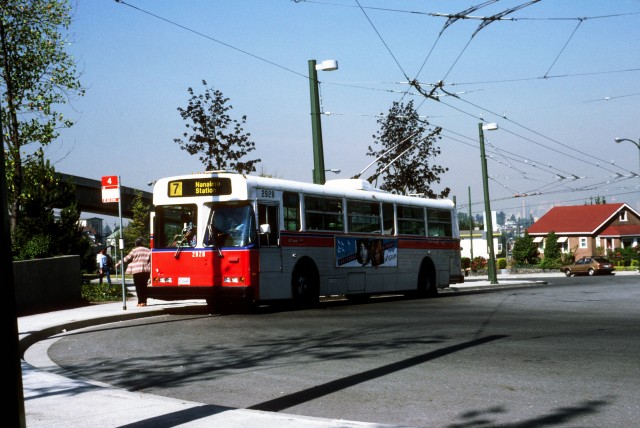
A BC Transit Flyer trolley bus in service in 1989.
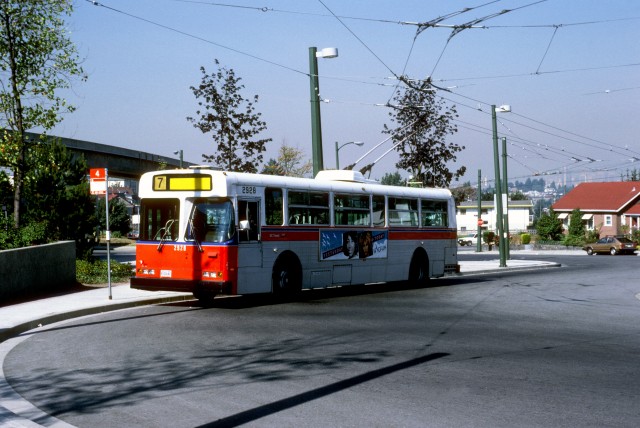
It was seen at the Nanaimo Sky-Train station in Vancouver.

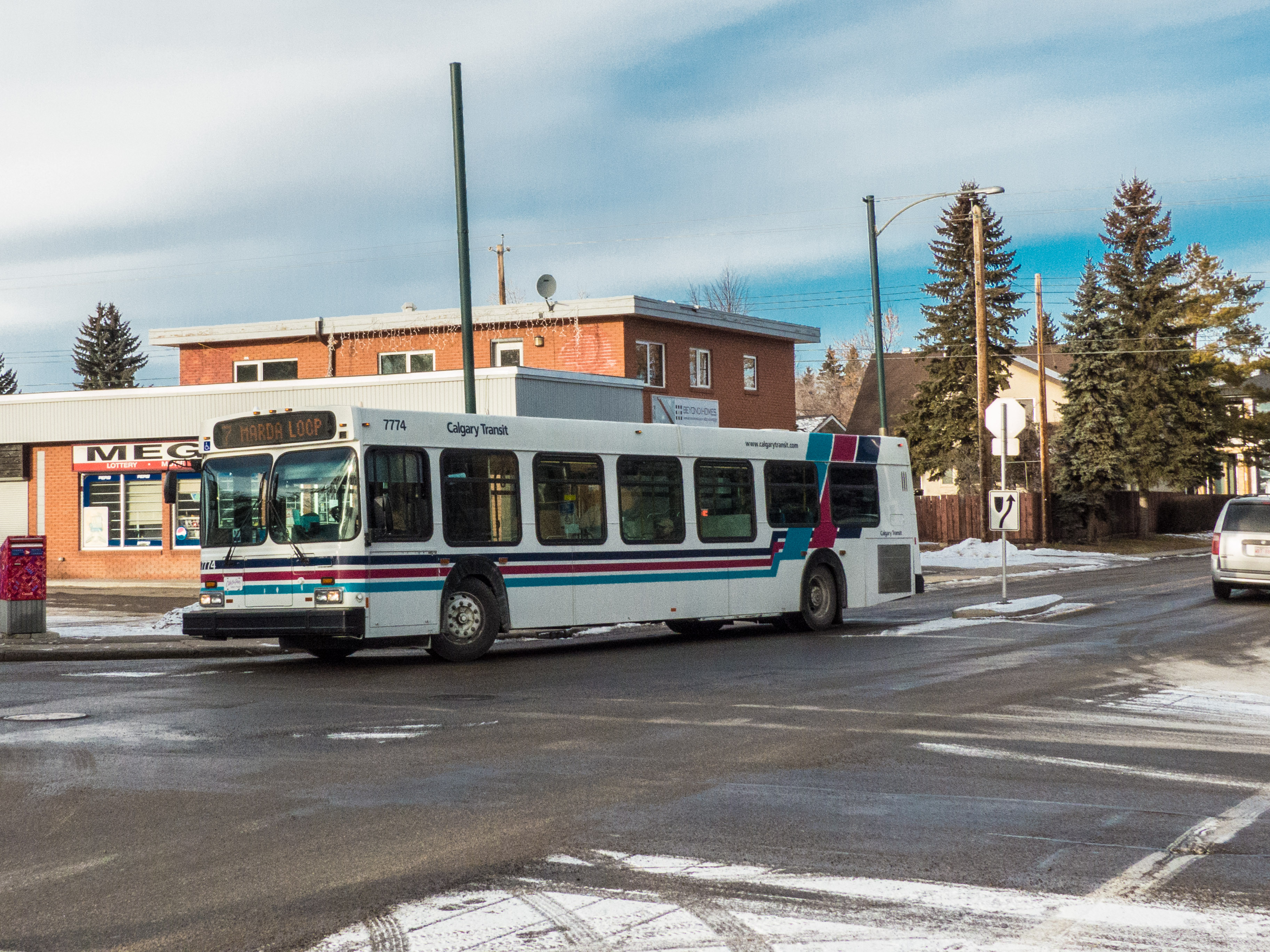
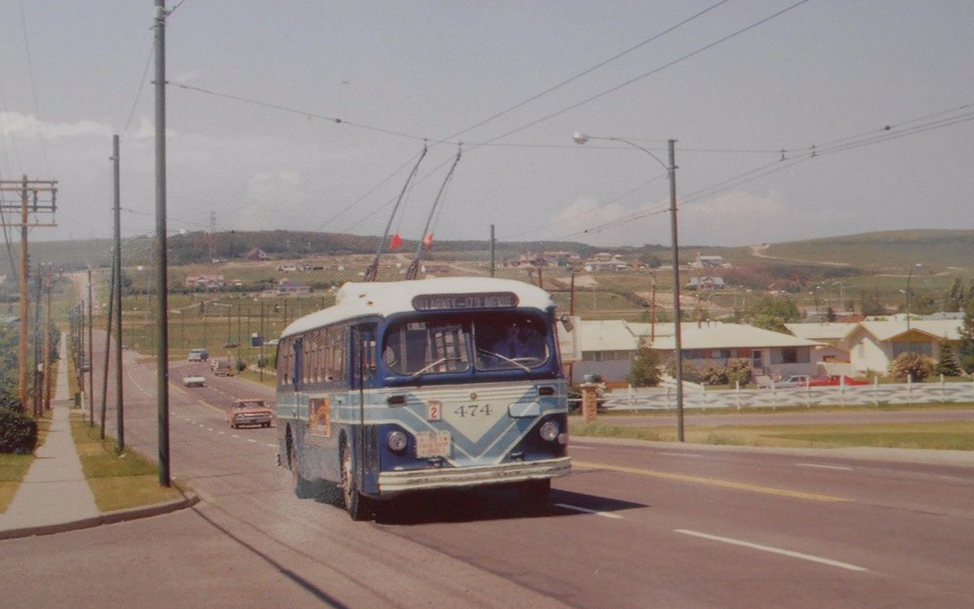
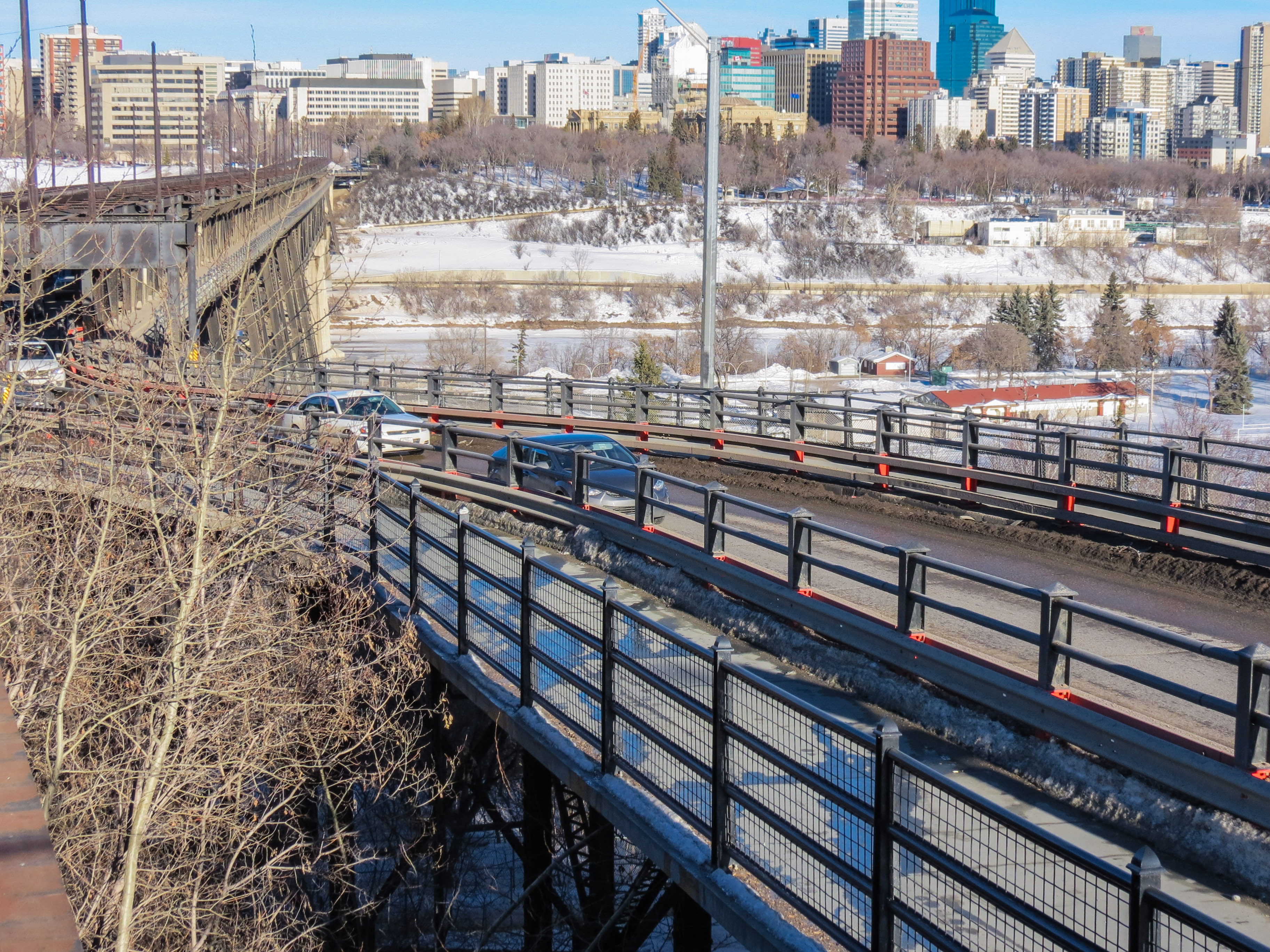
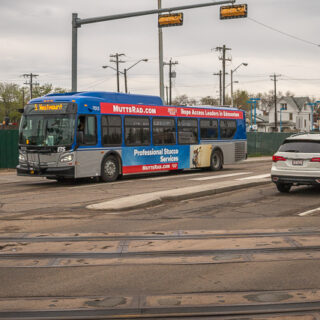
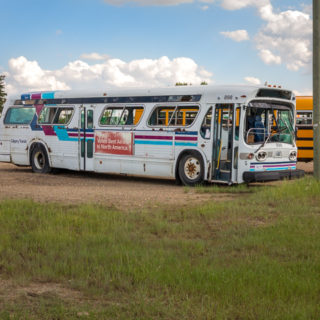
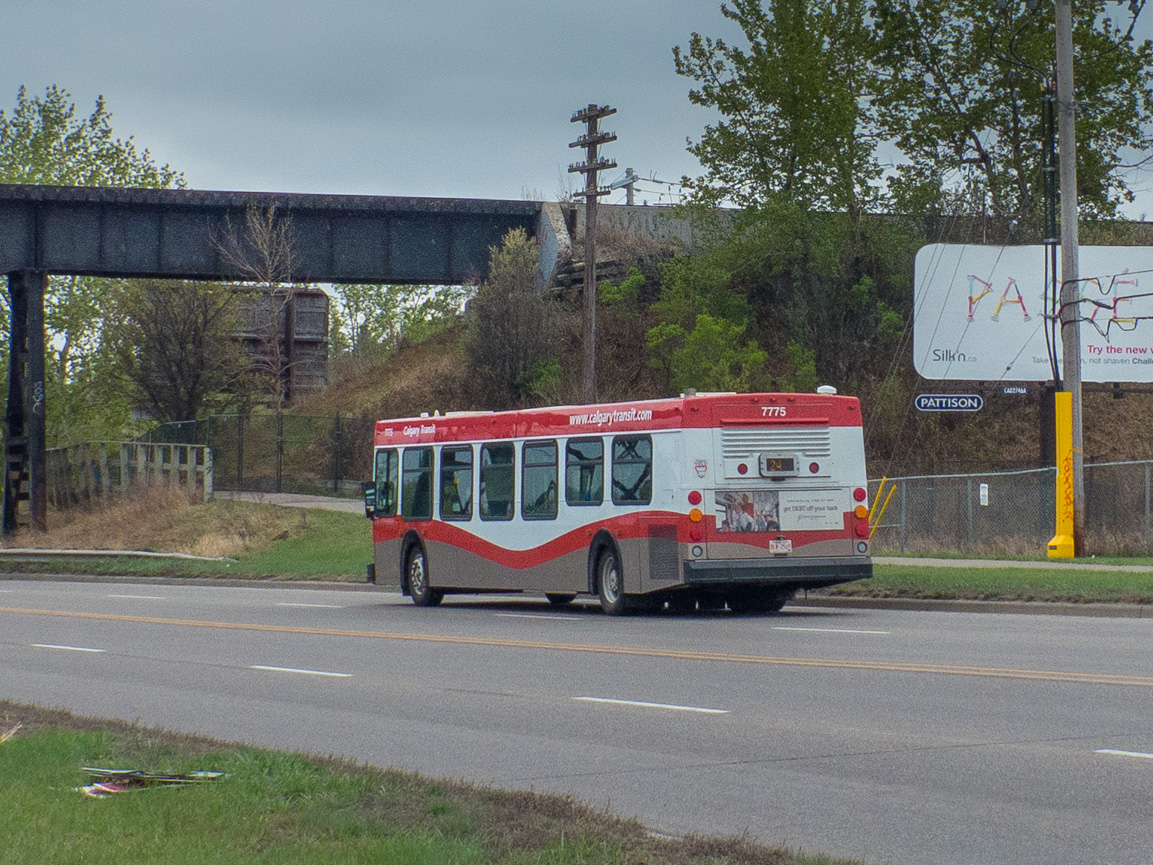
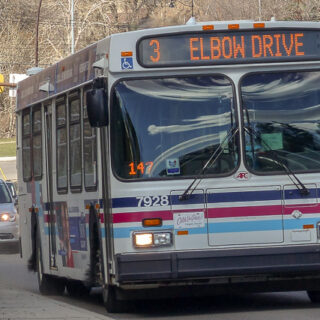
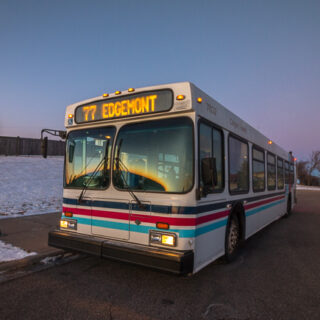
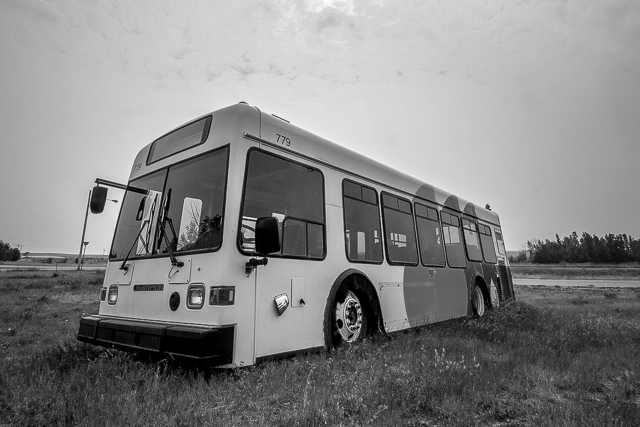
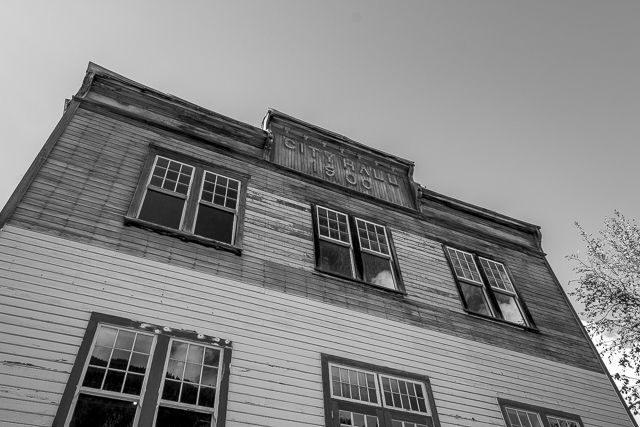
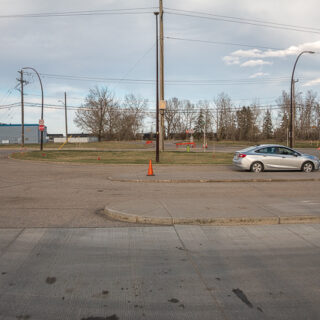
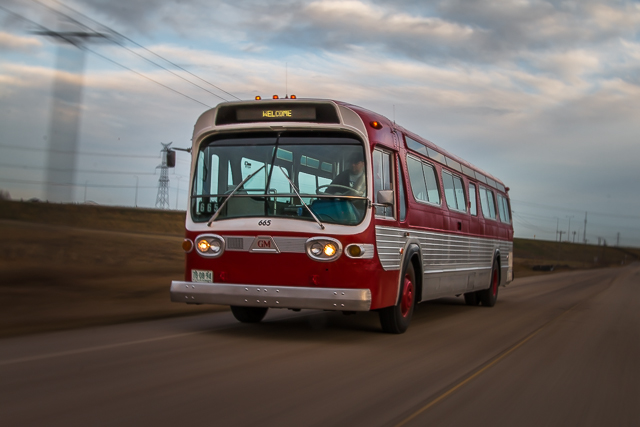







I am trying to remember the name of a book and it’s author. The book was about the experience of driving bus in Vancouver (I believe), and I think the author’s first name was Helmut. I also think it was written sometime in the 1980’s. It has been a while, but if anyone happens to have any information about it, I would love to know.
Along the Number 20 Line? It’s about the closest match, although the subject is not trollybuses, but streetcars.
I remember these buses very well! This is my hometown and the area I grew up.
Awesome, I bet you recognized Nanaimo Station right away.
I recall riding Vancouver’s trolley buses and they could accelerate amazingly well.
All trolley buses it seems have power to spare.